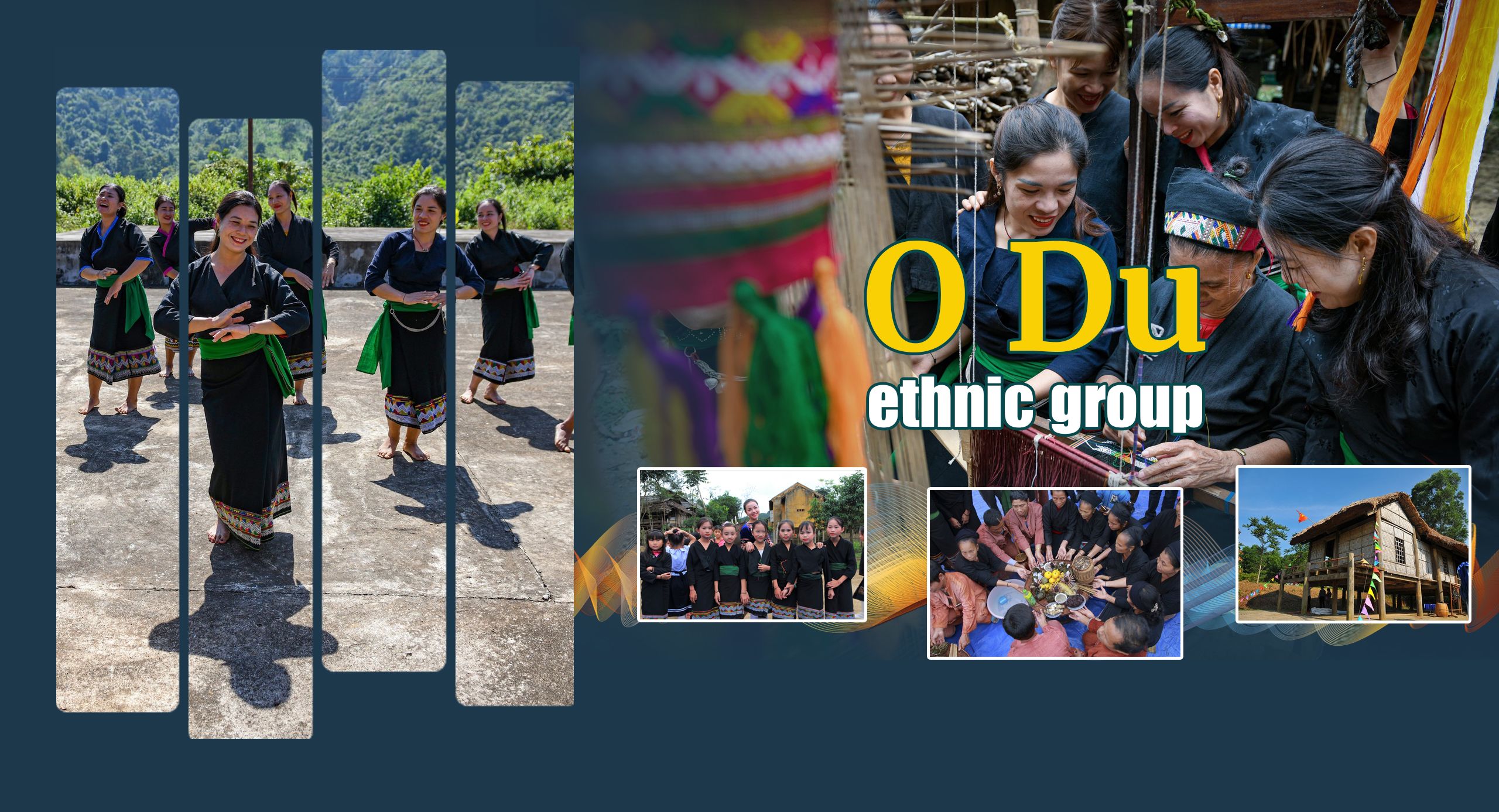
The O Du are one of the five smallest ethnic minority groups in Vietnam, whose members live in Tuong Duong District in Nghe An Province.
1. Origin
Many documents show that the O Du people have long been living in what are today’s Tuong Duong District and Ky Son District in Nghe An Province. They call themselves “O Du” or “I Du”. They are also known by the name “Tay Hat”.
2. Population
According to a survey of 53 ethnic minority groups in 2019, the O Du ethnic group has a population of 428, including 237 men and 191 women. About 93.2% of the O Du population lives in rural areas.
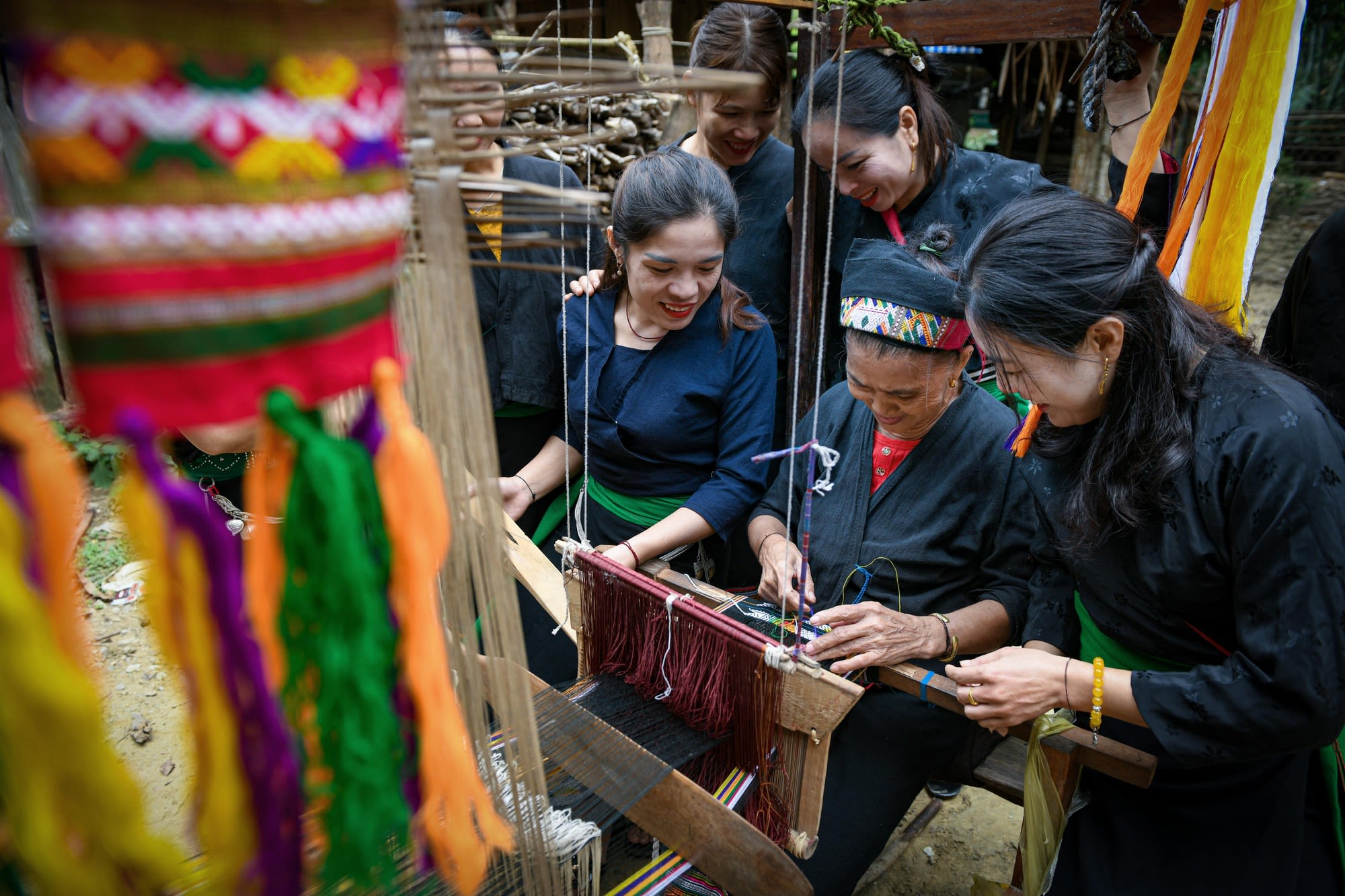
The traditional fabric weaving technique of the O Du people. (Photo: Thanh Dat)
The traditional fabric weaving technique of the O Du people. (Photo: Thanh Dat)
3. Geographical distribution
The O Du people are concentrated in Tuong Duong District, Nghe An Province.
4. Language
The O Du people’s language belongs to the Mon-Khmer family. The majority of O Du people speak the Khmu or Thai languages in their daily communication.
Education: According to a survey of 53 ethnic minority groups in 2019, the rate of literacy among those aged 15 and above is 89.4%, the primary school attendance rate is 101.9%, the secondary school attendance rate is 97.7%, and the high school attendance rate is 65.2%. The rate of children not attending school is 6.7%.
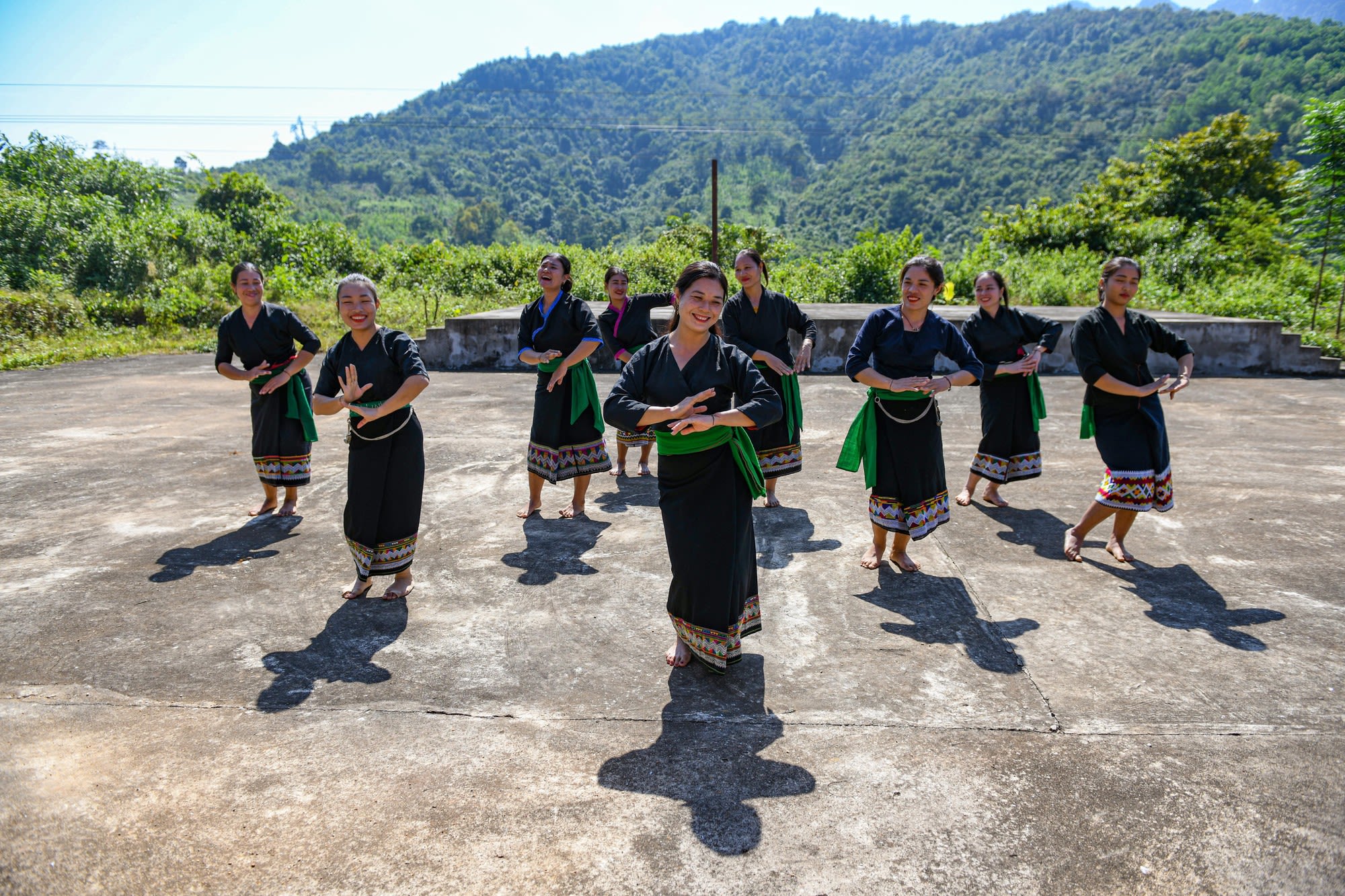
O Du girls perform their traditional dance. (Photo: Thanh Dat)
O Du girls perform their traditional dance. (Photo: Thanh Dat)
5. Main characteristics
- Food: The O Du people regard lunch and dinner as their main meals while breakfast is considered a secondary meal. In the past they usually ate cooked glutinous rice, but now their meals also include regular rice. They use wild yam, cassava and maize to replace rice during crop failures. They like to drink alcohol and smoke Aztec tobacco.
- Costume: Today both men and women wear like Thai and Vietnamese people in the region. Their traditional costumes are barely extant.
- Housing: In the past, the O Du people’s stilt houses had to be perpendicular to the mountain and the erection of pillars had to follow a specific order. This style of house no longer exists and today their stilt houses are the same as those of the Thai people.
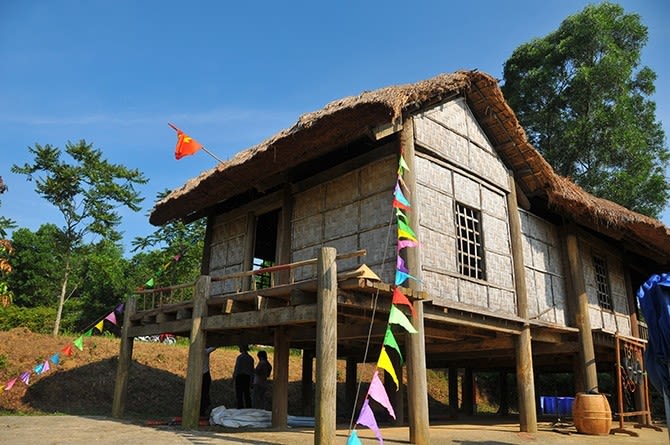
A traditional house of the O Du people. (Photo: CPV)
A traditional house of the O Du people. (Photo: CPV)
- Social relationship: Due to their small population, the O Du people live along with the Khmu and Thai people, as such their culture and social relationships are strongly influenced by these two groups. The O Du people use Thai and Lao family names. The head of a clan is highly respected and influential. The O Du people’s families are patriarchal, where men make decisions on everything at home and women have no inheritance rights.
- Worship: The O Du people believe that when a person dies, their soul will become a ghost. The body soul resides in the cemetery while the main soul stays in the house as a home ghost. The home ghost only lives with their children in the order from the oldest son to the youngest son. When all the sons are no more, a ceremony is held to send the ghost to their ancestors.
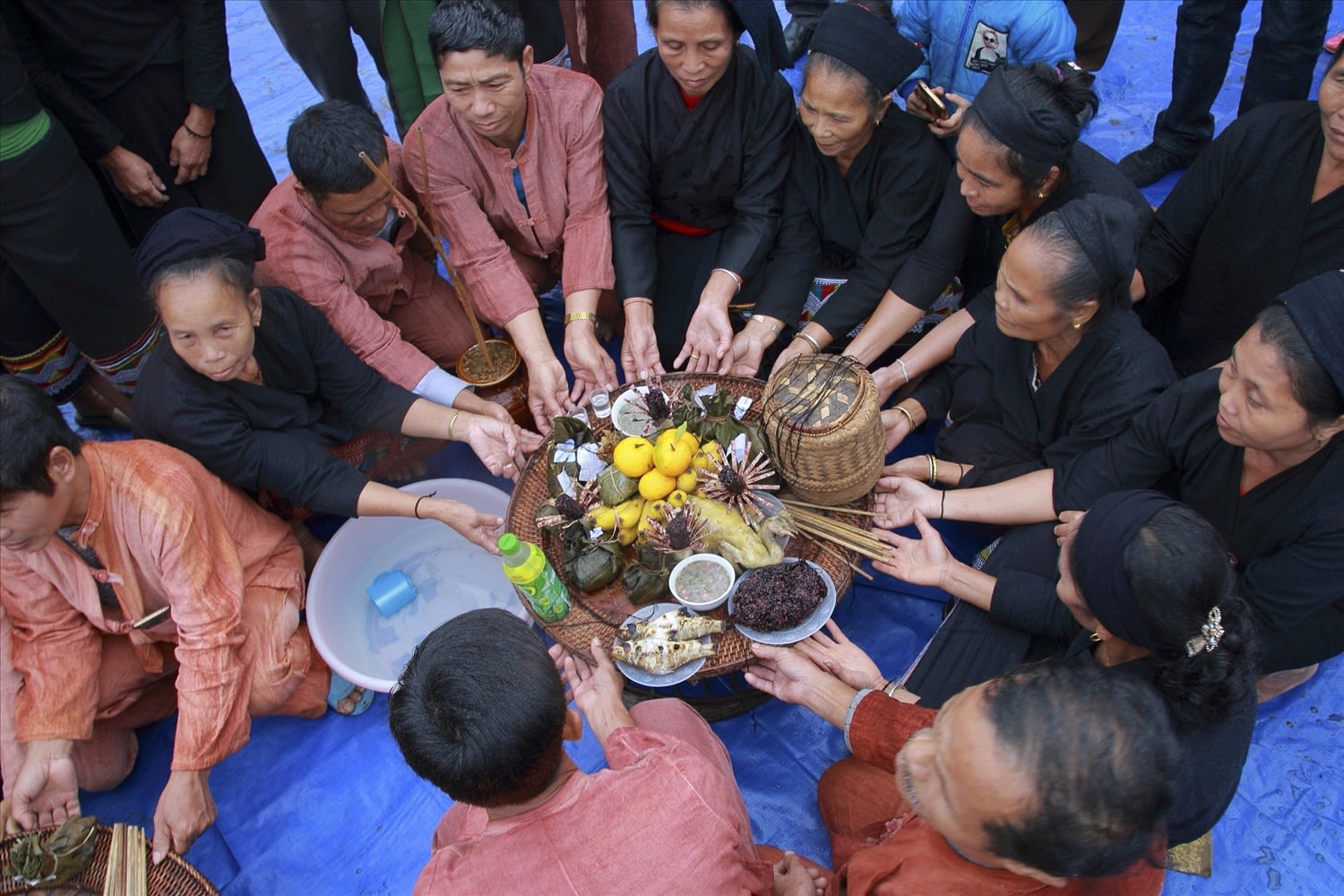
The O Du people strive to preserve their traditional culture. (Photo: Bao Dan toc)
The O Du people strive to preserve their traditional culture. (Photo: Bao Dan toc)
- Festivals: The O Du people celebrate the Lunar New Year and the new rice festival. The biggest festival is the one that welcomes the thunder of the year. On that day, people flock to Xop Pot Village to make offerings to the heaven by butchering water buffaloes, cows and pigs.
- Arts: The O Du people are proficient in the musical instruments of the Khmu and Thai people, and well-versed in folk melodies of the Khmu and Thai people.
6. Economic condition
The O Du people live off farming and animal husbandry. They make household items from bamboo and rattan for use and trade. They also know how to weave fabric.
The unemployment rate among the O Du people is 0.91%. The rate of skilled workers is 4.1%. The proportion of non-farming workers is 13.2%. The poverty rate is 56.7%. It is estimated that 95% of the O Du people have access to clean water and 100% have access to grid electricity.